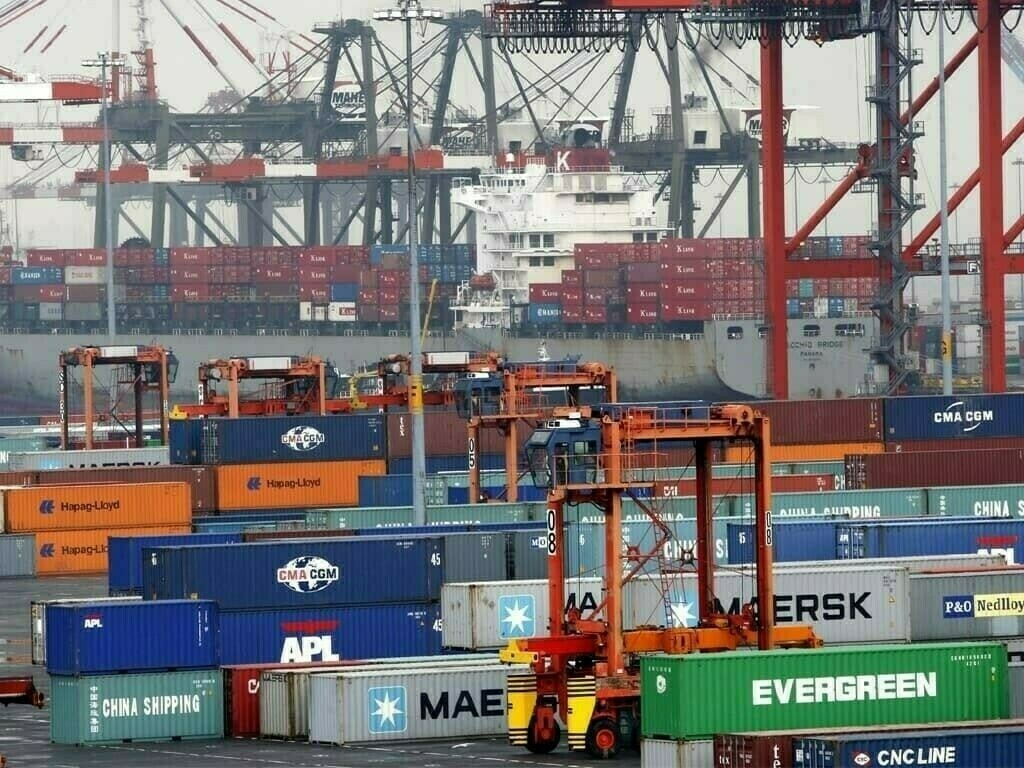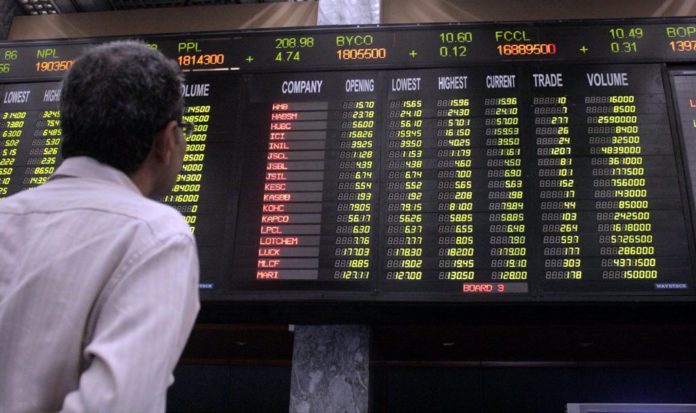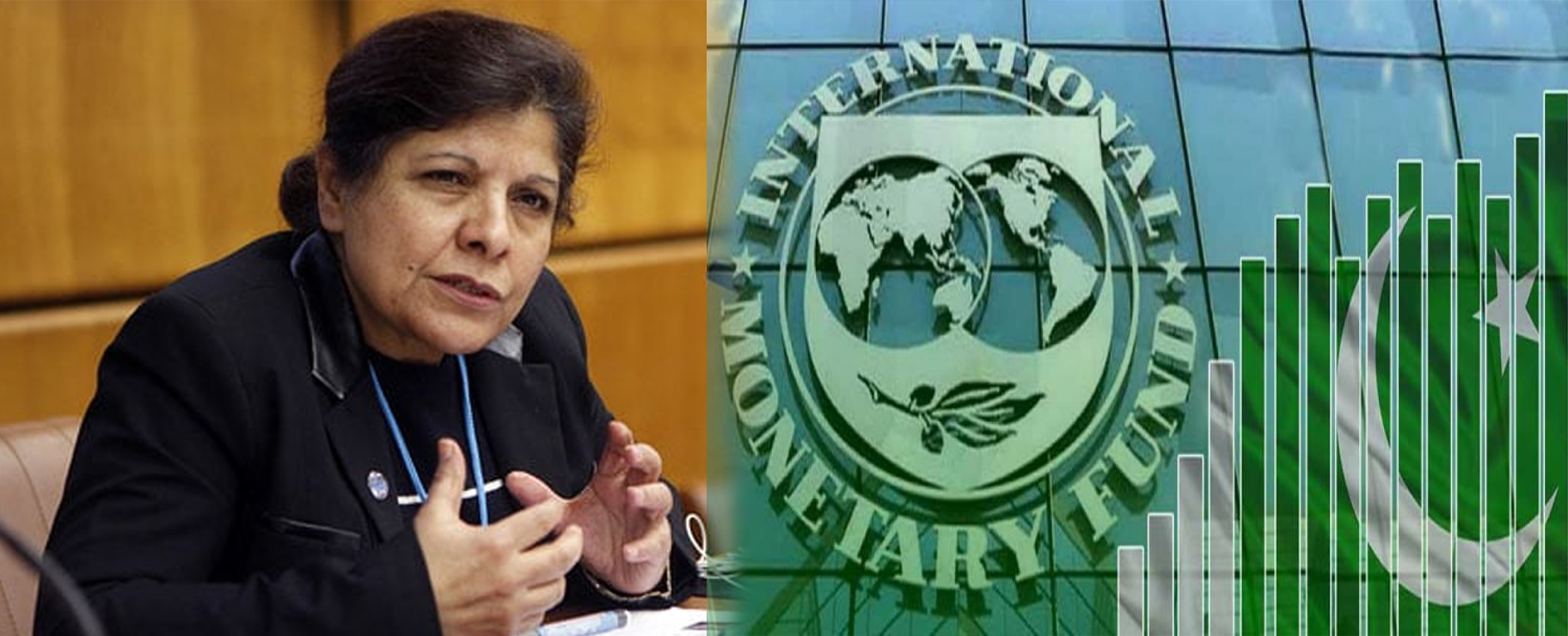In the second half of the outgoing fiscal year, Pakistan experienced a significant increase in imports, reflecting the State Bank of Pakistan’s (SBP) easing of restrictions following directives from the International Monetary Fund (IMF). This development saw the country’s import bill soar to $17.92 billion from January to April, compared to $25.462 billion during the first half of the fiscal year (July-December FY24).
Currency experts noted a higher demand for dollars in the interbank market driven by importers. Despite this, the SBP managed to stabilize the exchange rate. This stabilization was crucial as the IMF had stipulated the easing of import restrictions as a prerequisite for reaching a Staff-Level Agreement, necessary for the release of the final $1.1 billion tranche under the $3 billion Stand-By Arrangement.
Bankers highlighted that while imports increased, certain restrictions remained to control the trade deficit and current account deficit. The average monthly import figure rose by $244 million, reaching $4.481 billion between January and April, up from $4.237 billion in the first half of the fiscal year.
According to SBP data, total imports for the first ten months of FY24 stood at $43.353 billion, against exports of $25.669 billion. This disparity resulted in a trade deficit of $17.684 billion. Although exports showed some growth, primarily due to higher food exports amounting to $5.963 billion (up from $3.92 billion the previous year, with rice exports alone totaling $3.063 billion), they did not significantly bolster dollar inflows. Imports for the entire fiscal year slightly decreased to $45.7 billion.
Pakistan faces the daunting task of improving its dollar reserves to meet an estimated $25 billion in debt servicing obligations for FY25. During the first ten months of FY24, remittances increased marginally by 3.5%, reaching $23.8 billion, while foreign direct investment (FDI) rose by a modest 8% to $1.45 billion.
Concerns over the exchange rate persist, with some bankers predicting that the dollar could reach Rs330 by FY25 if inflows and reserves remain poor, in line with IMF estimates.
The financial sector remains skeptical about the UAE’s commitment to invest $10 billion in Pakistan. A banker pointed out that similar promises of substantial investments have been made in the past but never materialized. The $10 billion commitment is currently just a Memorandum of Understanding (MoU), which the government is using to alleviate stress on the external front.
The surge in imports highlights the delicate balance Pakistan must maintain between meeting immediate economic needs and ensuring long-term financial stability. The country’s ability to manage its trade deficit, improve dollar inflows, and stabilize the exchange rate will be critical in navigating the fiscal challenges of FY25.
Pakistan’s Import Bill Surges On IMF Demand




